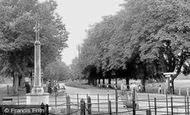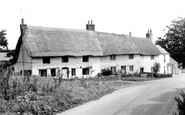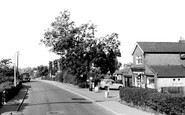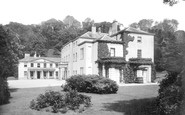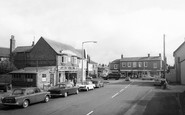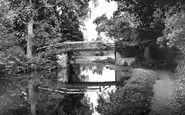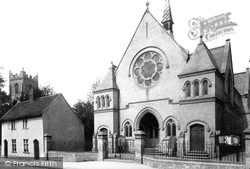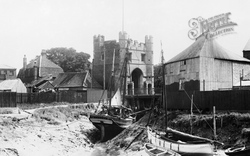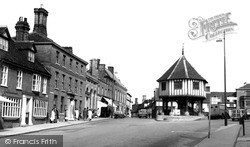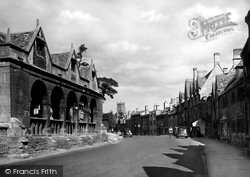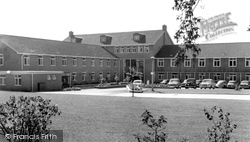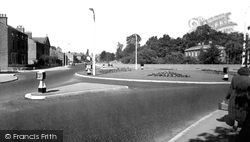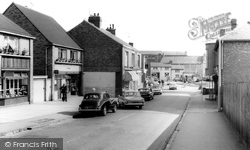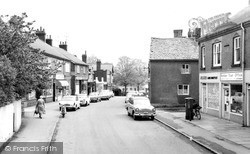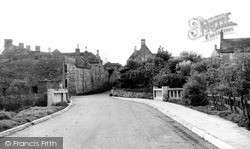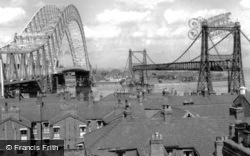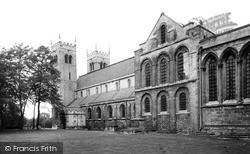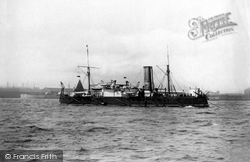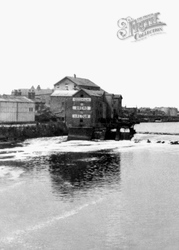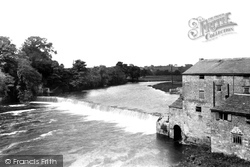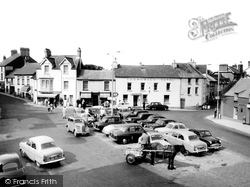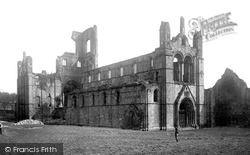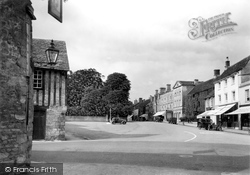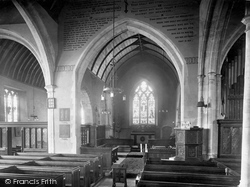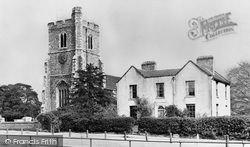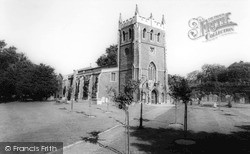Places
Sorry, no places were found that related to your search.
Photos
5 photos found. Showing results 981 to 5.
Maps
83 maps found.
Books
Sorry, no books were found that related to your search.
Memories
1,127 memories found. Showing results 491 to 500.
Northolt Wonderland
I was born in Barnet in 1942, but the Germans bombed our house and killed my dad a few months later. I was sent to Wales to avoid the Blitz. (BlitzKrieg - Lightening strikes) after 5 years I found myself in Millway Gardens in ...Read more
A memory of Northolt by
Northolt Wood End
Our family moved to Northolt (Mildred Avenue) around 1956 from Harlesden and I left in 1978. I have great memories of Wood End infants/junior school. Playing near Northolt Park Station and anoying the station master who we ...Read more
A memory of Northolt by
North Greenford In The Late 40s And 50s
I was born in Perivale Maternity Hospital in 1943. Like so many of your writers growing up then was a magical time; the freedom we had to wander the fields, play and fish in the canal (in homemade boats ...Read more
A memory of Greenford by
No 10 Hanney Camp
I was born at Hanney Camp but I have no memories as my parents moved when I was 6 months old. I think we lived at no 10 or 10a as the address was on my medical card. My mum use to tell me stories about her life there and she ...Read more
A memory of Steventon in 1948
No 10
My name's David Meacham - When I was very small I used to live in the cottage on the right - Number 10 Bremhill. It was a wonderful place to be a child - few cars then of course - and the freedom to roam the village without any fear. The ...Read more
A memory of Bremhill in 1962 by
Niffyite
I'm a born & bred Countesthorpe lass & spent my first 16 years of life enjoying the village very much before moving on to pastures new. I lived just across the road from the post office.
A memory of Countesthorpe by
Newton Abbot, Haccombe House 1890
My mother lived at Haccombe House and worked for Lord & Lady Carew from the age of 13yrs. in 1914 until about 1930. The Carew family had other residences in London, Highcliffe (Bournemouth), and South ...Read more
A memory of Newton Abbot in 1910 by
Newarthill 1950/60s Tosh And I
Every now and then I reminisce and take a trip down memory lane, of my childhood days growing up in Newarthill on Burnside Rd. I remember Tosh McGarry and I going to Father Gillan's jumble sale and buying an old fox ...Read more
A memory of Newarthill by
New Houses
I moved with my family to live in Heath Lane in early 1956, just at the end of the side road leading to the 'rec'. At that time, it was a country lane with high hedges and there were fields where Granville Drive now is. Reynolds ...Read more
A memory of Little Sutton by
Nevilles
Stoops Bridge ! Ah! what fun we had here. My dad bought us canoes - we used an old pram chassis to haul the canoe up "Conquer Lane or Arch" or carried it out the back of Winern Glebe, thro the Allotments and into the field seen, just the ...Read more
A memory of Byfleet in 1960 by
Captions
1,233 captions found. Showing results 1,177 to 1,200.
The left door of the house to the left has become a window, the two windows have been shortened, and the Gothic arch of the other door has been removed.
Silting of the Ouse's ponderous waters robbed the town of much of its former prestige as a seaport, but its many graceful buildings and old Custom House have brought to it the appella- tion
The fine half-timbered octagonal market cross, resting on timber stilts and stone arches, was built in 1605 after a fire destroyed a good proportion of the town.
The arched building in the left foreground is the Market Hall, which was built in 1627 at the expense of Sir Baptist Hicks.
Much of this remarkable building has been demolished over the past decade to accommodate a not particularly complimentary flat conversion.
It looks much the same today, with attractive flower- beds, although it has been reduced in size to aid the flow of the traffic.
Much red brick building of the 19th century intruded into the village scene as industry spread from Leicester, including the impressive backdrop of factory buildings we see here.
The shop fronts in the left-hand row have retained much of their original quality, but Flair, the ladies' hairstylist (right), has made the alterations which were regrettably to become
This later 17th-century house is unattributed, but it does have much in common with Lyndon Hall, designed by John Sturges in 1668.
The road bridge had taken four years to build, and was very much needed by the time it opened. Sunday and holiday traffic heading to and from North Wales could take up to two hours to cross.
The half-timbered octagonal market cross, resting on timber stilts and stone arches, was built in 1605 after a fire destroyed a good proportion of the town.
The transepts with their two storeys of arches date from the 1920s and 1930s, while a modern central tower with a slender spire and a choir was erected from 1966 to 1974 by Laurence King.
In 1890 she could manage 12.2 knots, though she was much happier doing ten; but by 1895 her speed seems to have been reduced to an asthmatic 8.4 knots.
The company still occupies the mill, but the water wheel that provided so much power turned for the final time in 1973.
This new three-arch bridge was completed in 1804 at a cost of £24,864; on the central parapet are the names of the then 74-year-old architect John Carr and the builder, Bernard Hartley of Pontefract
Lord Haw Haw heard this, and broadcast that HMS 'Cabot' had been sunk - much to the amusement of the locals.
This is not so much of a square as a roundabout these days. There is no car parking today, but a busy road junction with a cannon in the centre.
This street scene has not changed very much except for the names of the occupants.
North presented the Abbey to the city, and after much restoration it was opened to the public.
The Council look after it well, and there is much to see in this fine old building.
Although very much a stone-built place, it lacks the Cotswold atmosphere of the settlements on the high wold.
The Jacobean oak pulpit of c1630 was found in the tower arch covered in white paint, and was placed in its present position during the restoration of the church in 1851.
Broxbourne's parish church of St Augustine is much larger than St Paul's.
At the Dissolution, the nave was demolished and the western arch of the tower was filled in. The people of the town bought the remains of the original building, and it then became the parish church.
Places (0)
Photos (5)
Memories (1127)
Books (0)
Maps (83)

